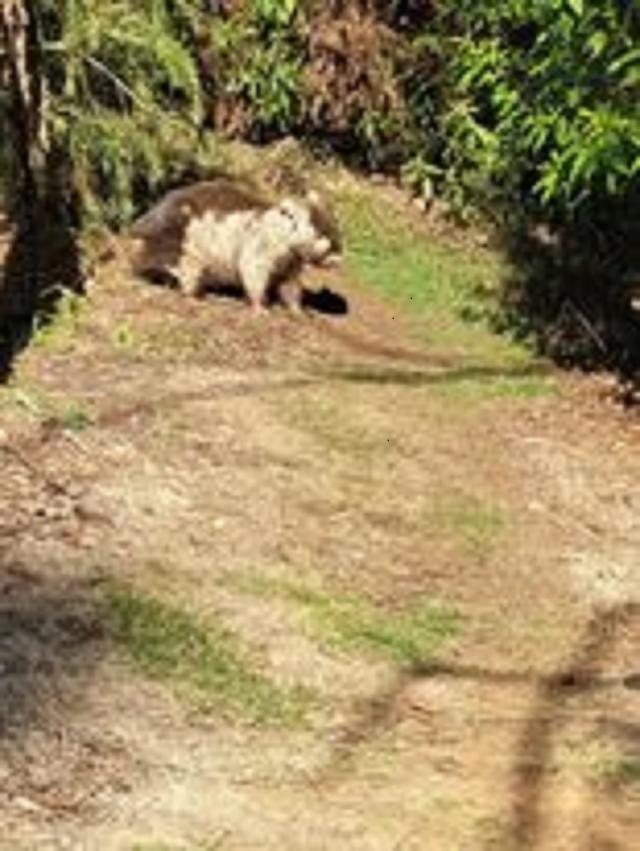Mange Management is urging locals to report wildlife who appear to be affected by mange, after a hills resident recently spotted a wombat suffering from the condition at Emerald Lake.
The skin infection caused by a parasitic mite can infect both mammals and humans with signs of the disease including intense itching, thickening of the skin, lethargy and lack of awareness, according to Wildlife Health Australia.
Katja Gutwein, secretary and founding member of Mange Management, the cooler temperament in from Autumn through to early Spring leads to an increase in reports of mange in wildlife, and increased community awareness is vital.
“Some people think it’s mud on the wombat, or just a skin rash. They don’t realise they’re going to perish if they don’t get treated,” Mrs Gutwein said.
“One thing we’d like to see is that a population survey is being done, coordinated by the State Government, because we need to have a baseline on how many wombats we’ve got in total, and how many of them have mange,” she said.
Emerald local Katrina Chart posted an image on a local Facebook page taken by her daughter of a wombat with severe skin dryness and suspected mange.
“It broke my heart to see the poor Wombat looking like this. I was thinking how it must be in so much pain, I just wanted to get it some help,” Miss Chart told Star Mail.
The wombat was spotted on Sunday at the back of Emerald Lake and Miss Chart said it is the first she has seen in the area.
Mrs Gutwein said while not enough research has been done into how these parasitic mites are surviving, the climate around areas like Gembrook and Emerald could explain increased sightings of infected wildlife.
Mange Management provides education and advice on the condition across the state, while gathering data and resources to help affected animals and reduce the spread.
It also offers free direct application Cydectin treatment kit for landowners to treat affected wombats on their property, with a ‘burrow flap’ also available to avoid unnecessary stress for the animal.
Mrs Gutwein said the best thing for locals to do is contact Mange Management and fill out a report form if they spot an infected wombat.
Submitting images of the wombat is also important to assess the mange.
“We are concerned that wombat numbers are going to decrease, between all the threats they face.
“If a population survey had been done 10-20 years ago, everyone would be shocked at how many wombats we’ve lost in that time.”







